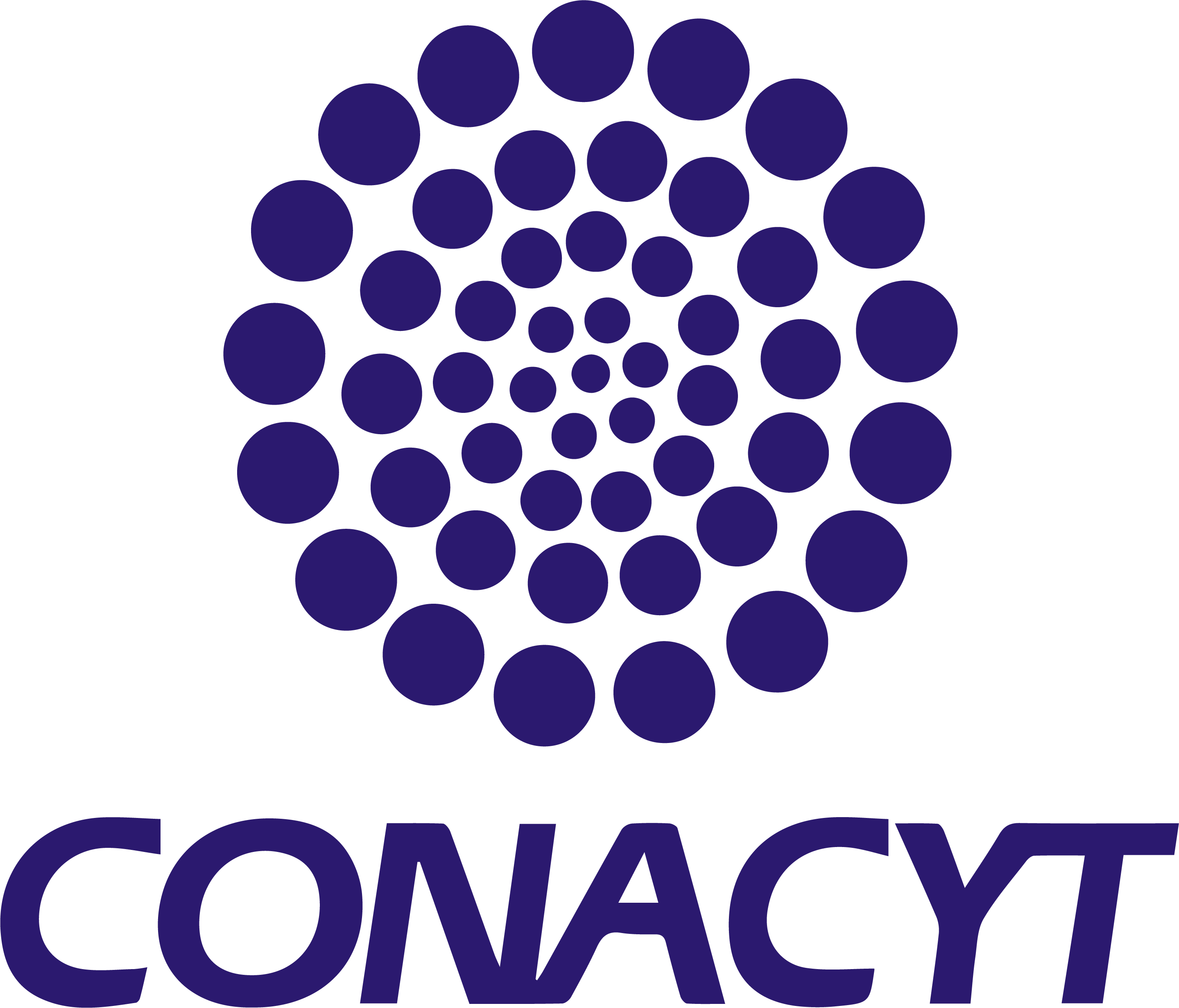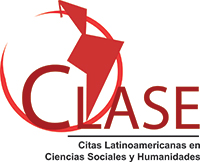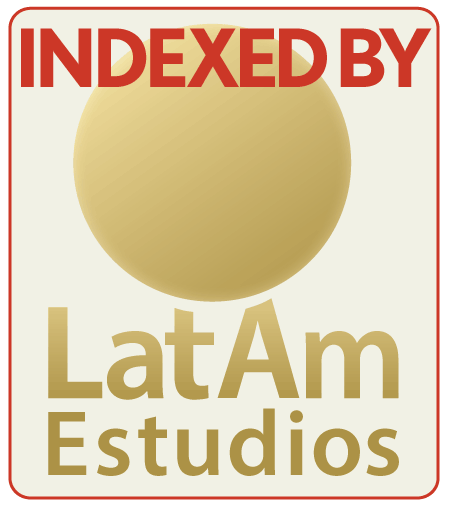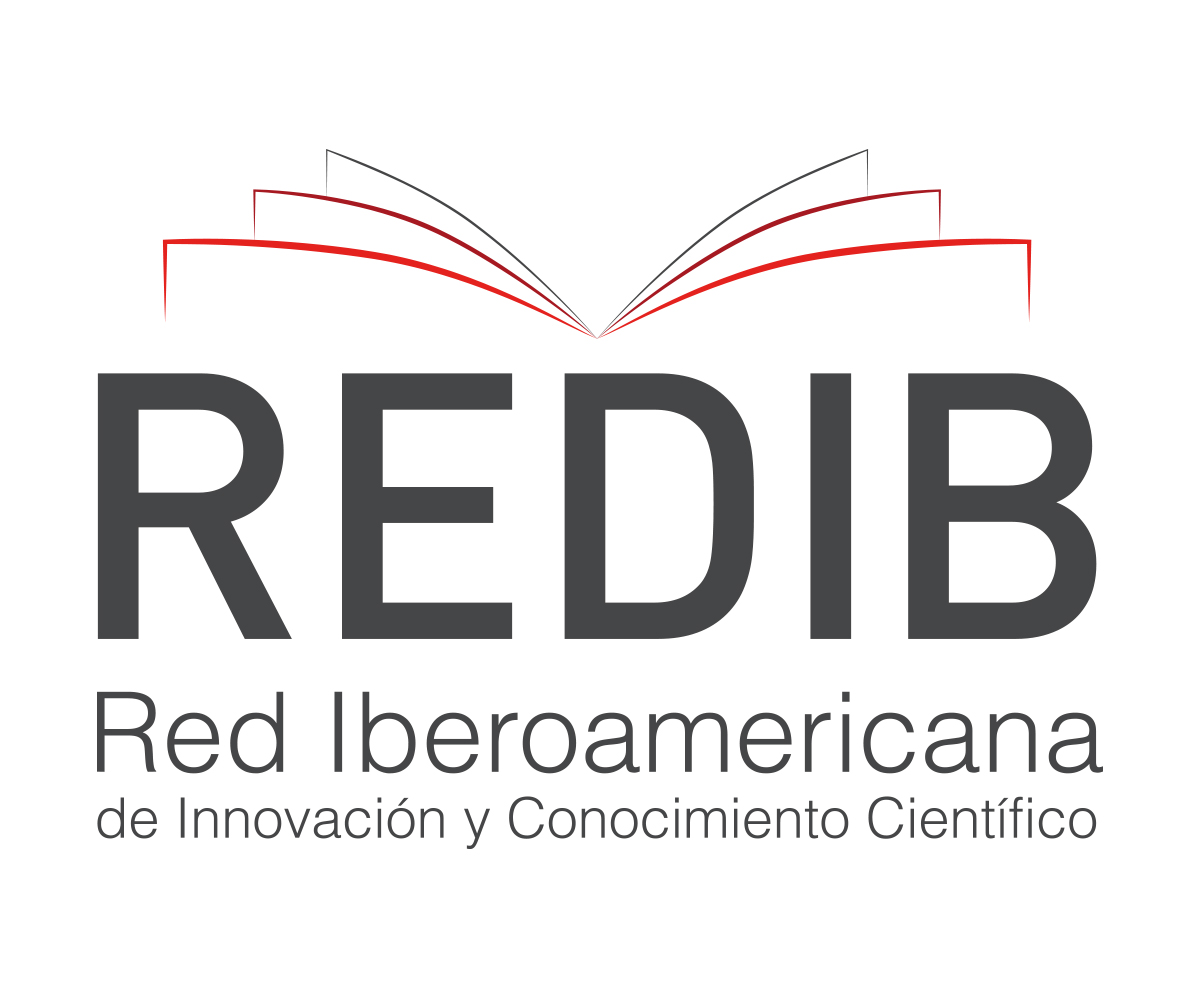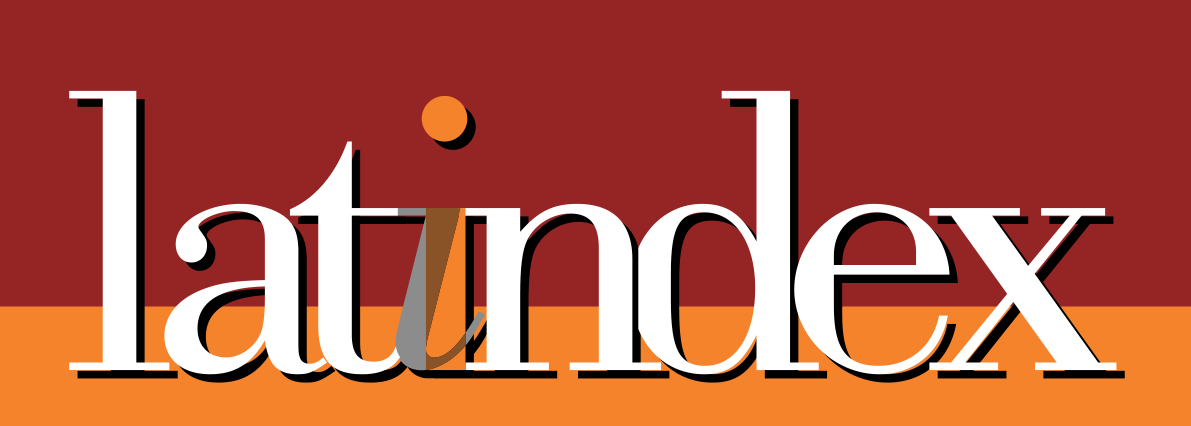Transforming education: a comparison between apple vision pro and oculus quest 2 in educational technology teaching
Abstract
The study was conducted to understand how emerging technologies, such as Apple Vision Pro and Oculus Quest 2, can transform the teaching of educational technology. It aimed to answer questions about which of these two tools is more effective, accessible, and immersive in enhancing the educational process. To achieve this, a review of previous studies and a Likert-scale survey were conducted with educators and students, assessing effectiveness, ease of use, and accessibility. The results showed a marked preference for Oculus Quest 2: 88.0% of respondents considered it more effective in improving understanding of technological concepts, and 83.8% highlighted its immersive experience. Additionally, 82.8% rated it easier to integrate into the curriculum, and 88.2% found it more accessible to students with different skill levels. The conclusions suggest that Oculus Quest 2 is superior to Apple Vision Pro in the teaching of educational technology, providing educators with a more effective and accessible tool.
Downloads
References
Cabero, J., & Marín, V. (2016). Tecnología Educativa: Diseño y Utilización de Medios en la Enseñanza. Octaedro.
Coll, C., & Monereo, C. (2008). Psicología de la Educación Virtual: Aprendizaje y Enseñanza con las Tecnologías de la Información y la Comunicación. Editorial Paidos.
Dede, C. (2009). Immersive Interfaces for Engagement and Learning. Science, 323(5910), 66-69.
Díaz, V., Espinoza, F., & Valverde, L. (2017). Realidad aumentada: experiencias y desafíos en educación. Pontificia Universidad Católica de Chile.
Google Forms. (2024). Encuesta sobre el uso de Apple Vision Pro y Oculus Quest 2 en la educación. Google. Recuperado de https://docs.google.com/forms/d/e/1FAIpQLSfv9qm5JD0Rwev4Rpxe37osKa1dxDeM-1YdtGH8tZR2GaF41g/viewform?usp=sf_link IpQLSfv9qm5JD0Rwev4Rpxe37osKa1dxDeM-1YdtGH8tZR2GaF41g/viewform?usp=sf_link
Juárez Thompson. (2021, 10 de febrero). Escaneo láser 3D en la creación de juegos de realidad virtual. Recuperado de https://www.juarezthompson.mx/post/escaneo-laser-3d-en-la-creacion-de-juegos-de-realidad-virtual
Lai, C. H., Yang, J. C., Chen, F. C., Ho, C. W., & Chan, T. W. (2007). Affordances of Mobile Technologies for Inquiry-Based Learning: The Emerging Global Ecology of Infrastructures. Educational Technology & Society, 10(4), 62-82.
Lang, B. (2024, February 1). Vision Pro preview: Early thoughts on my time inside Apple’s first headset. Road to VR. Recuperado de https://www.roadtovr.com/apple-vision-pro-preview/
Likert, R. (1932). A technique for the measurement of attitudes. Archives of Psychology, 22(140), 1-55
Lostiempos. (2016, 3 de noviembre). Realidad virtual vs. realidad aumentada. Recuperado de https://www.lostiempos.com/tendencias/tecnologia/20161103/realidad-virtual-vs-realidad-aumentada
Klopfer, E., & Squire, K. (2008). Environmental Detectives - The Development of an Augmented Reality Platform for Environmental Simulations. Educational Technology Research and Development, 56(2), 203-228.
Koehler, M. J., Mishra, P., & Yahya, K. (2007). Tracing the Development of Teacher Knowledge in a Design Seminar: Integrating Content, Pedagogy, and Technology. Computers & Education, 49(3), 740-762.
Papert, S. (1980). Mindstorms: Children, Computers, and Powerful Ideas. Basic Books.
Papert, S. (1993). The Children's Machine: Rethinking School in the Age of the Computer. Basic Books.
Prendes, M. P., & Gutiérrez, I. (2008). Las Tecnologías de la Información y la Comunicación en la Educación. Editorial UOC.
Price, S., Rogers, Y., Scaife, M., Stanton, D., & Neale, H. (2003). Using 'Tangibles' to Promote Novel Forms of Playful Learning. Interacting with Computers, 15(2), 169-185.
Real o Virtual. (2021, 28 de marzo). Aprendiendo idiomas en VR: Mondly – Análisis. Recuperado de https://www.realovirtual.com/articulos/5913/aprendiendo-idiomas-vr-mondly-analisis
Ritzhaupt, A. D., & Kumar, S. (2015). Participatory Learning Through Digital Fabrication in Education: A Case Study of a FabLab in a High School. Computers & Education, 86, 224-233.
Sánchez, J. A. (2012). Realidad Virtual: un nuevo paradigma en la educación. Editorial Wanceulen.
Sarabia, J. M. (2019). Análisis de datos con SPSS en investigación social y de la salud. Thomson Reuters.
Squire, K. D., & Jan, M. (2007). Mad City Mystery: Developing Scientific Argumentation Skills with a Place-Based Augmented Reality Game on Handheld Computers. Journal of Science Education and Technology, 16(1), 5-29.
Squire, K., & Jan, M. (2005). How Can Augmented Reality Games Be Used in Education? Futurelab Series.
Thomas, J., Cook, K., & Wang, P. (2014). Modeling the Use of 3D Virtual Worlds in Higher Education: An Ontological Approach. British Journal of
Educational Technology, 45(3), 468-479.
VidaExtra. (2021, 24 de octubre). Oculus Quest: se libran ataduras y podremos iniciar sesión en RV con cuenta de Facebook. Recuperado de https://www.vidaextra.com/realidad-virtual/oculus-quest-se-libran-ataduras-podremos-iniciar-sesion-rv-cuenta-facebook
Warschauer, M. (2007). Technology and Social Inclusion: Rethinking the Digital Divide. The MIT Press.
Yelland, N., & Masters, J. (2007). Rethinking Education with ICT: New Directions for Effective Practices. Sense Publishers.

This work is licensed under a Creative Commons Attribution 4.0 International License.
In order to promote the development and dissemination of research in education in Latin America, the Ibero-American Journal for Educational Research and Development (RIDE) adhered to the Budapest Open Access Initiative, which is why it is identified as a Open access publication. This means that any user can read the complete text of the articles, print them, download them, copy them, link them, distribute them and use the contents for other purposes. Creative Cummons licenses allow users to specify the rights to use an open access journal available on the Internet in such a way that users know the rules of publication. Authors who publish in this journal accept the following conditions: Authors they keep the author's rights and give the magazine the right of the first publication, with the work registered with the attribution license of Creative Commons, which allows third parties to use the published material whenever they mention the authorship of the work and the first publication in this The authors can make other independent and additional contractual agreements for the non-exclusive distribution of the version of the article published in this journal (eg, include it in an institutional repository or publish it in a book) as long as they clearly indicate that The work was published for the first time in this magazine. Authors are allowed and recommended to publish their work. low on the Internet (for example on institutional or personal pages) before and during the review and publication process, as it can lead to productive exchanges and to a greater and faster dissemination of the published work





